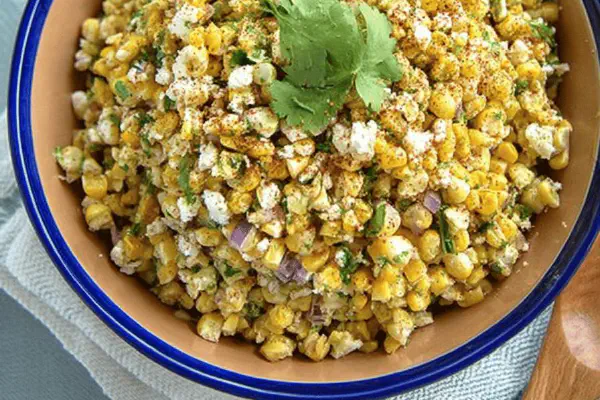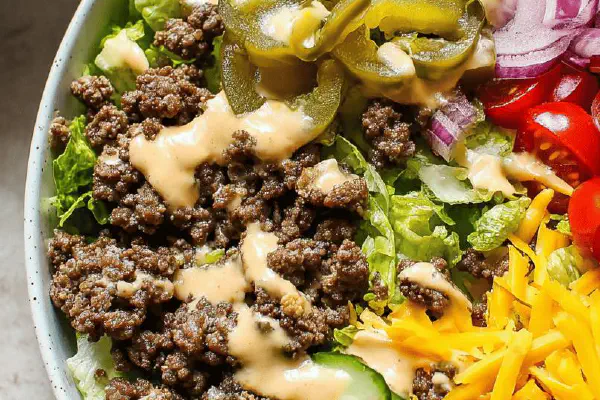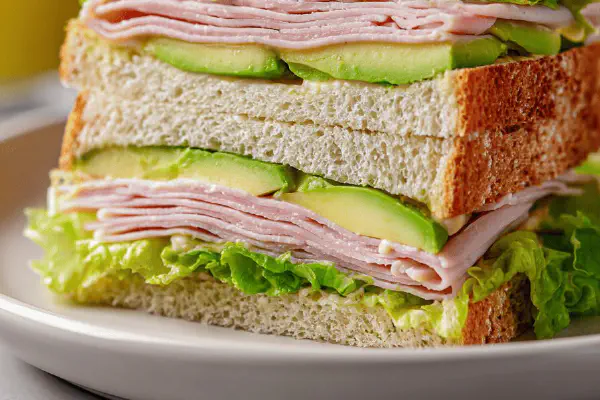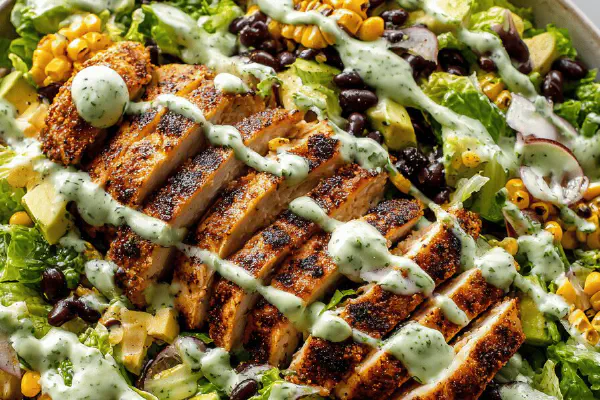Korean Pork Rice Bowls with Avocado
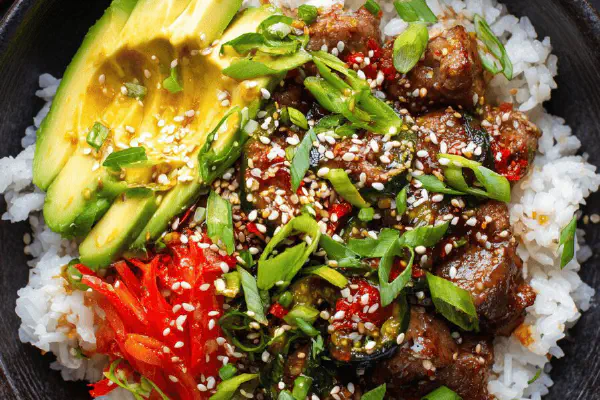
By Emma
Certified Culinary Professional
Ingredients
Rice
- 230 g (1 1/4 cup) Calrose rice or jasmine rice
- 400 ml (1 2/3 cups) water
- 1 ml (1/4 tsp) salt
Pickled Vegetables
- 40 ml (2 2/3 tbsp) rice vinegar
- 40 ml (2 2/3 tbsp) mirin or dry sherry
- 2 ml (1/3 tsp) salt
- 3 baby carrots, thinly sliced on bias
- 3 Lebanese cucumbers, halved lengthwise, sliced bias about 1 cm thick
Pork Mixture
- 40 ml (2 2/3 tbsp) gochujang or substitute spicy fermented miso
- 25 ml (1 1/2 tbsp) mirin
- 2 garlic cloves, finely grated
- 12 ml (2 1/2 tsp) freshly grated ginger
- 15 ml (1 tbsp) low sodium soy sauce
- 15 ml (1 tbsp) toasted sesame oil
- 350 g (12 oz) lean ground pork
- 15 ml (1 tbsp) vegetable or grapeseed oil
Garnish
- 2 ripe but firm avocados, sliced
- 1 green onion, thinly sliced
- Toasted sesame seeds, to taste
About the ingredients
Method
Rice
- Wash rice well under cold water until water runs almost clear, important to prevent gummy texture. Drain well. In pot, combine rice, water, salt. Bring to soft boil uncovered. Once bubbling, cover, reduce heat to lowest simmer — quiet bubbling surface only. Cook 14-17 minutes until water absorbed, crusty sounds stop. Rest covered off heat 12 minutes — rice grains finish steaming, separate nicely when fluffed. Use fork to fluff gently, avoid mashing. Let cool slightly to avoid soggy bowls.
Pickled Vegetables
- While rice simmers, whisk vinegar, mirin, salts until dissolved. Toss carrots and cucumbers in mixture, stir well. Let sit 25-35 minutes — veggies soften, vibrantly tangy, some crunch left. Drain excess liquid before serving. Could add thin sliced daikon or radish for added crunch or color variety.
Pork Preparation
- Mix gochujang, mirin, garlic, ginger, soy sauce, toasted sesame oil in large bowl. Add pork; mix thoroughly by hand until meat evenly coated, sticky. Heat heavy skillet over medium-high. Add oil, swirl. Add pork mixture, immediately start breaking into small pieces with wooden spoon. Let pork sit briefly undisturbed, hear sizzling crackle. Stir and turn meat every couple minutes to develop deep caramelized crust, no pale patches. Takes about 12-15 minutes. Watch texture closely — pork should be browned but still juicy, no dryness. Taste for salt & heat, adjust if needed (extra soy or gochujang).
Assembly
- Divide rice evenly into four bowls. Spoon pork over rice, including any juices, glossy coating important. Neatly pile pickled carrots and cucumbers to one side for contrast. Add avocado slices around edge or on top for creaminess that cools heat. Sprinkle with sliced green onions and toasted sesame seeds liberally. Serve immediately. The pork juices soak rice, blending savory heat with cool, tangy fresh crunch and buttery avocado.
Tips & Variations
- If no gochujang: spicy miso or harissa can replace for heat and umami, lower quantity if extra salty. Avocado can be swapped with ripe mango or even a quick kimchi if craving punch. If rice sticks together too much, rinse more, or add a sprinkle of cornstarch in pickling step to keep veggies crisp. Cook pork low to avoid drying but high enough to get caramelization — no pale meat or mush. Could also use ground chicken or turkey but slower cooking, less fat. Toast sesame seeds in dry pan until fragrant, don't burn — nutty aroma signals good flavor. Leftover pork reheats well, great with cold noodles or lettuce wraps.
Cooking tips
Chef's notes
- 💡 Rice rinsing crucial. Wash until water runs almost clear. Removes excess starch. Prevents gummy clumps. After cooking, rest covered off heat twelve minutes. Steams rice grains fully. No mush. Use fork to fluff gently. Avoid pressing mushy texture. If it sticks too much, rinse again or try adding pinch of cornstarch in pickling liquid to help veggie crispness. Tactile feel best here.
- 💡 Pickled veggies need timing. About 25 to 35 minutes max. Keep some snap, not soggy. Stir to coat well in vinegar-mirin bath. Drain excess liquid to avoid watery bowls. Thin slices like carrots on bias speed marinating. Cucumbers sliced thick avoid limp. Try daikon or radish slices for crunch variation. Vinegar types swap—rice vinegar is mild; play with others for different tang balance.
- 💡 Pork browning key. Don’t stir immediately. Let sit in hot oiled pan to form crust. Listen for sizzling crackle. Stir and break every few minutes. Look for even caramelization, no pale patches. Use medium-high heat but adjust if starts burning. Juicy but browned, not dry. Adjust seasoning after cooking with soy or extra gochujang. Ground chicken or turkey swap works but slower cook, less fat means watch dryness closely.
- 💡 Gochujang heat mellowed with mirin and toasted sesame oil. If missing gochujang, spicy fermented miso or harissa can work. Lower amount if salt heavy. Sesame oil must be toasted, raw smells grassy and off. Toast seeds separately until nutty aroma peaks; don’t burn or it’s bitter. Avocado ripeness matters—firm ripe slices hold shape, keep creamy contrast. Avoid mush in bowl or color browns too fast on plate.
- 💡 Leftover rice cools well for next day fried rice. Pork reheats with sturdy texture, good in cold noodle salads or lettuce wraps. Carrots and cucumbers pickles last best few hours, not days. Timing assembly matters—add avocado last minute to preserve color and cool creaminess. Watch for balance of hot, tangy, creamy, and hearty. Don’t overcook pork or rice, smell and sizzle guide timing.
Common questions
How to prevent sticky rice?
Rinse rice thoroughly until water clears. Removes starch that causes clumping. Rest rice after cooking off heat for twelve minutes to finish steaming. Fluff carefully with fork, no mashing. If too sticky, rinse again or add pinch cornstarch with pickled veggies for crispness.
What substitutes for gochujang?
Use spicy miso or harissa as alternatives. Lower amount due to salt content. Sambal oelek possible if handle salt. Mirin and toasted sesame oil soften heat and add aroma. Different combo but keep texture thick and sticky is key for coating pork well.
Pork too dry or chewy?
Cook at medium-high, but watch doneness. Let pork crust form without stirring first few minutes. Break up slowly after crust forms. Fat content affects juiciness—lean pork better with careful timing. Ground chicken or turkey cooks slower, so keep close eye. Adjust soy and gochujang to add moisture flavor after cooking.
How to store leftovers?
Separate pork, rice, and pickled veggies if possible. Refrigerate in airtight containers, use within 2 days. Reheat pork slowly to avoid drying. Rice can be stir-fried cold the next day. Pickled veggies best fresh, lose crunch after time. Avocado should be added fresh each serving, or it browns fast.
